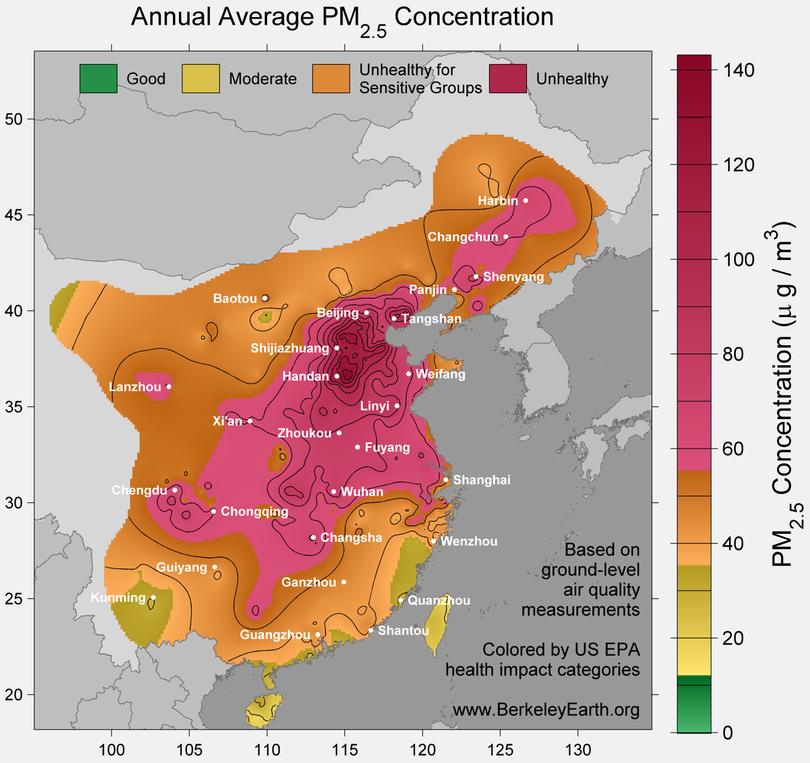UK consulting engineer Arup and Hong Kong property developer Sino Group have teamed up to develop an air-purifying bus shelter that gives 20 people at a time relief from China’s deadly air pollution.
It draws air in from an inlet at the base, passes it through a bag filter to remove particles, and expels it through overhead louvres.
It’s as if every man, woman and child smoked 1.5 cigarettes each hour– Richard Muller, scientific director of Berkeley Earth
The system builds up positive pressure within the shelter, with the clean air curtain acting as a barrier against pollutants.
According to Arup, tests show an average reduction of 40% in the concentration of air pollutants.
The prototype includes a sensor to collect data and it is connected to the air quality health index website, enabling hourly comparisons of air quality data.
The shelter was trialled in Hong Kong earlier this year, and Arup and Sino Group have now donated it to Beijing’s Tsinghua University for further research.
Vincent Cheng, a director of Arup in Hong Kong, said: “We are glad that our collaborative work with Sino Group shows encouraging results in improving the air quality. With Beijing as the first test point in mainland China, the empirical data collected will form a good base for our next phase of research.”
4,000 deaths a day
On average 4,000 people a day die from air pollution in China, according to a study released earlier this month by research organisation, Berkeley Earth.

Arup and Sino Green executives unveil the air purification system in Hong Kong
It found that the main threat was posed by particles known as PM2.5s, which can trigger heart attacks, strokes, lung cancer and asthma.
The study was based on fourth months of data collected from about 1,500 locations throughout China.
It found that 92% of China’s population experienced at least 120 hours of unhealthy air, and for 38% of the population, the average pollution level across the entire four-month period was unhealthy.
The researchers then used World Health Organisation models to estimate that 1.6 million people died as a result of air pollution each year, 17% of the total mortality rate.

Berkeley Earth’s map shows that pollution is concentrated in the north-east of China
Richard Muller, the scientific director of Berkeley Earth and a co-author of the paper, told Bloomberg: “It’s as if every man, woman and child smoked 1.5 cigarettes each hour.”
The Berkeley Earth examined where pollutants were detected and concluded that the sources of PM2.5s matched those for sulfur dioxide, which suggested most of the pollution comes from burning coal.
The report said: “Sources of pollution are widespread but are particularly intense in a northeast corridor that extends from near Shanghai to north of Beijing.
“Extensive pollution is not surprising since particulate matter can remain airborne for days to weeks and travel thousands of kilometres.”
The report can be downloaded here.






